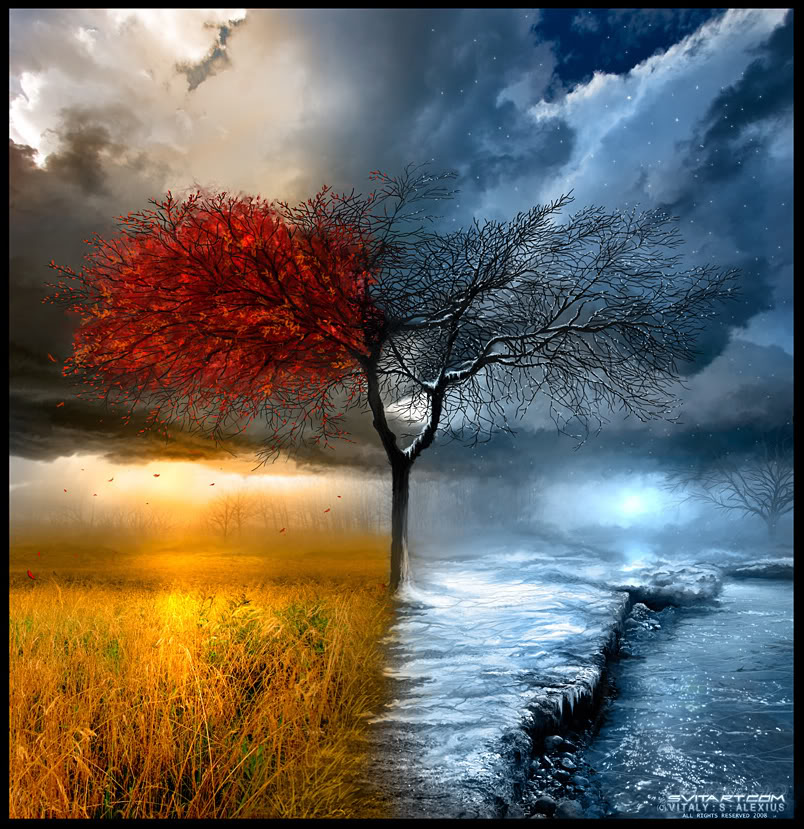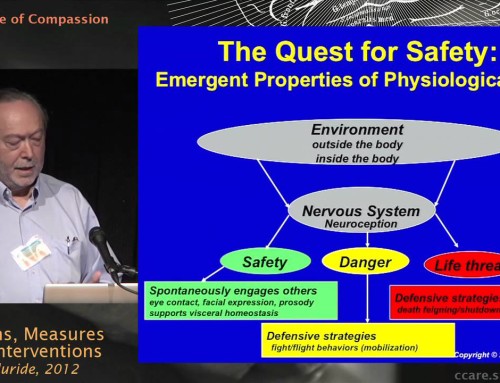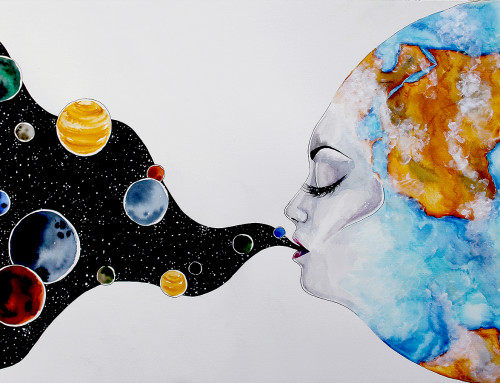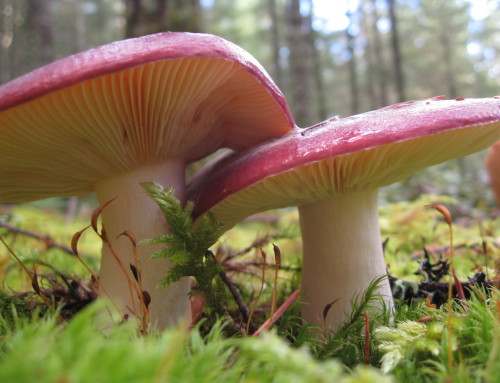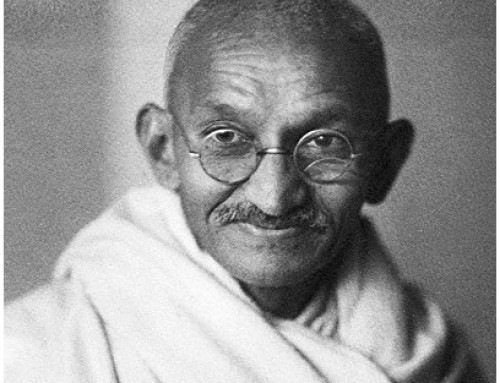Shifts happen: we move, change careers, and start and end relationships. Whether we are navigating our own, changing lives, or helping a friend through a transition, it is helpful to understand the three stages of change: beginnings, endings, and the in-between times.
In our culture, we love to celebrate new beginnings: a new baby, a new job, a grand opening… At these times, we throw parties, offer heartfelt congratulations, and give gifts.
However, we are much less comfortable with endings: when it comes to death and divorce, we often don’t even know what to say. To a friend who has recently lost her job, we might fumble, “Don’t worry, something new will come along soon.” We are eager to rush back to the beginning, where hope resides.
Of course, there can be no beginning without an ending. The ending makes room for the new. But there is a step in between the ending and a new beginning: the dreaded in-between stage. Our culture is even more uncomfortable with this one!
A relationship ends. A heart breaks. It is time to grieve, to feel lost, to honour the ending. Instead, we are encouraged to “Get back in the game,” resume dating, and find a new partner as quickly as possible.
We resist the in-between phase because it is full of unknowns. We don’t yet know what will fill the void left by the ending (Who will be my next partner? What will be my next job?). Nor do we know when — or if — this limbo time will end (How long until I find my next relationship? Will I get a new job?).
Unlike our culture, Nature has this whole change thing down pat. Dead, dry leaves fall from the branches, ending another year’s cycle. Now the branches are bare, exposed. Nothing seems to be happening. Everything looks dead, motionless. Yet, something is happening. The fallen leaves are decomposing. Tiny organisms are busy eating them up and turning them into fertile soil. Early Spring rains will carry the freshly released nutrients into the ground below, feeding the tree’s roots. That influx of nutrients will allow the tree to produce new buds and grow a bit bigger and stronger, beginning the cycle once again.
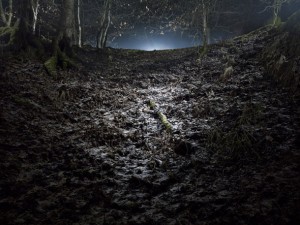
We can also learn from the humble compost pile, where yesterday’s kitchen scraps and yard trimmings are transformed into fertilizer for next year’s crops.
Composting is messy and sometimes smelly. And it takes time.
The final stage of composting is called the “curing” phase, or the “aging and maturing” phase. It is the longest stage and it is when remaining toxins are broken down, and the most oxygen and nitrogen are produced. Essentially, it is when the old, decaying matter is transformed into life-giving soil.
When we skip over the in-between stage, we miss the chance to really take in the fullness of the previous cycle. If we rush into the next relationship soon after the old one ended, we carry our toxic emotions with us — the hurt, the anger, and the unresolved grief. Likely, the new relationship will be a repeat experience of the last one.
However, if we allow ourselves sufficient time to seemingly do nothing after the break-up, we will find that the hurts begin to soften and break down. In time, we may even find there is some goodness to absorb from the relationship we lost: fond memories, gratitude, forgiveness, and an authentic willingness to let go.
Most importantly, the in-between phase gives us an opportunity to re-orient to our soul’s desire and to consciously decide to choose something better for ourselves.
Now we are truly ready to begin again. We find ourselves like the tree, naturally nourished and ready to flourish.
*For further insight on this topic, read “Transitions: Making Sense of Life’s Changes,” by William Bridges.

